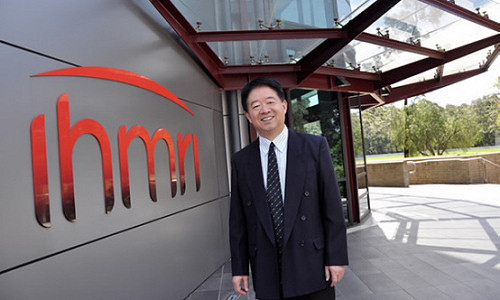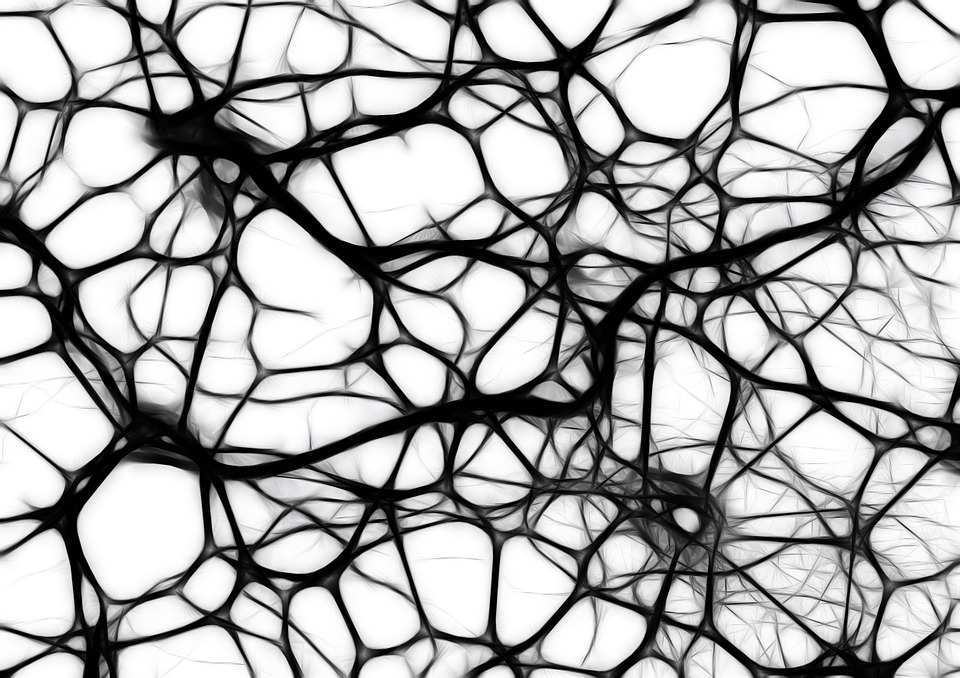UOW researchers are in the midst of developing an innovative brain implant to help treat people with mental illnesses such as schizophrenia.
Professor Xu-Feng Huang, Deputy Executive Director of the Illawarra Health and Medical Research Institute at UOW, is leading a multidisciplinary team of researchers on the $676,000, three-year, National Health and Medical Research Council funded project.
The device will work in a similar way to the cochlear implant, with electrodes implanted into the frontal area of the brain, which will provide electrical stimulation and growth factors to improve brain function in schizophrenia and allied disorders.
“Brain abnormalities in neuronal growth, microstructure and inter-neuronal communication underlie the prefrontal cortical pathology of many psychiatric diseases, including schizophrenia,” Professor Huang said.
Professor Huang recently told the Herald Sun that there had been virtually no technological breakthroughs for the treatment of schizophrenia (which ranks among the top 10 causes of disability in developed countries worldwide) in 50 years.
“Largely we rely on antipsychotics that not only have side-effects but also they can’t address the disease effects on cognitive function and communication,” he said.
The collaboration involves Australian Laureate Fellow Professor Gordon Wallace and his team at the ARC Centre of Excellence for Electromaterials Science, who will bring their expertise in new organic materials (polymers), which conduct electricity.
“Through a number of years of study we’ve proven these materials have many benefits transmitting electrical signals to both nerve and muscle cells, and therefore influencing the developing and behaviour of those cells,” Professor Wallace said.
The team will initially evaluate and optimise the technology in vitro before creating a 3D nano-structured drug-loaded electrical stimulation device that will be tested in animal trials, with the potential to translate to clinical trials.
Professor Huang, who is also the Director of the Centre for Translational Neuroscience at UOW (which has been supported by the Schizophrenia Research Institute since 1999), is working on an additional five National Health and Medical Research Council projects (totalling $3 million) into mental illness.
In fact, a collaboration with China’s Beijing HuiLongGuan Hospital has recently found that that the prevention and treatment of diabetes might prove beneficial for people with schizophrenia and may yield better cognitive functioning, especially in immediate memory and attention.
Story Source:
The above story is based on materials provided by University of Wollongong, Elise Pitt.





